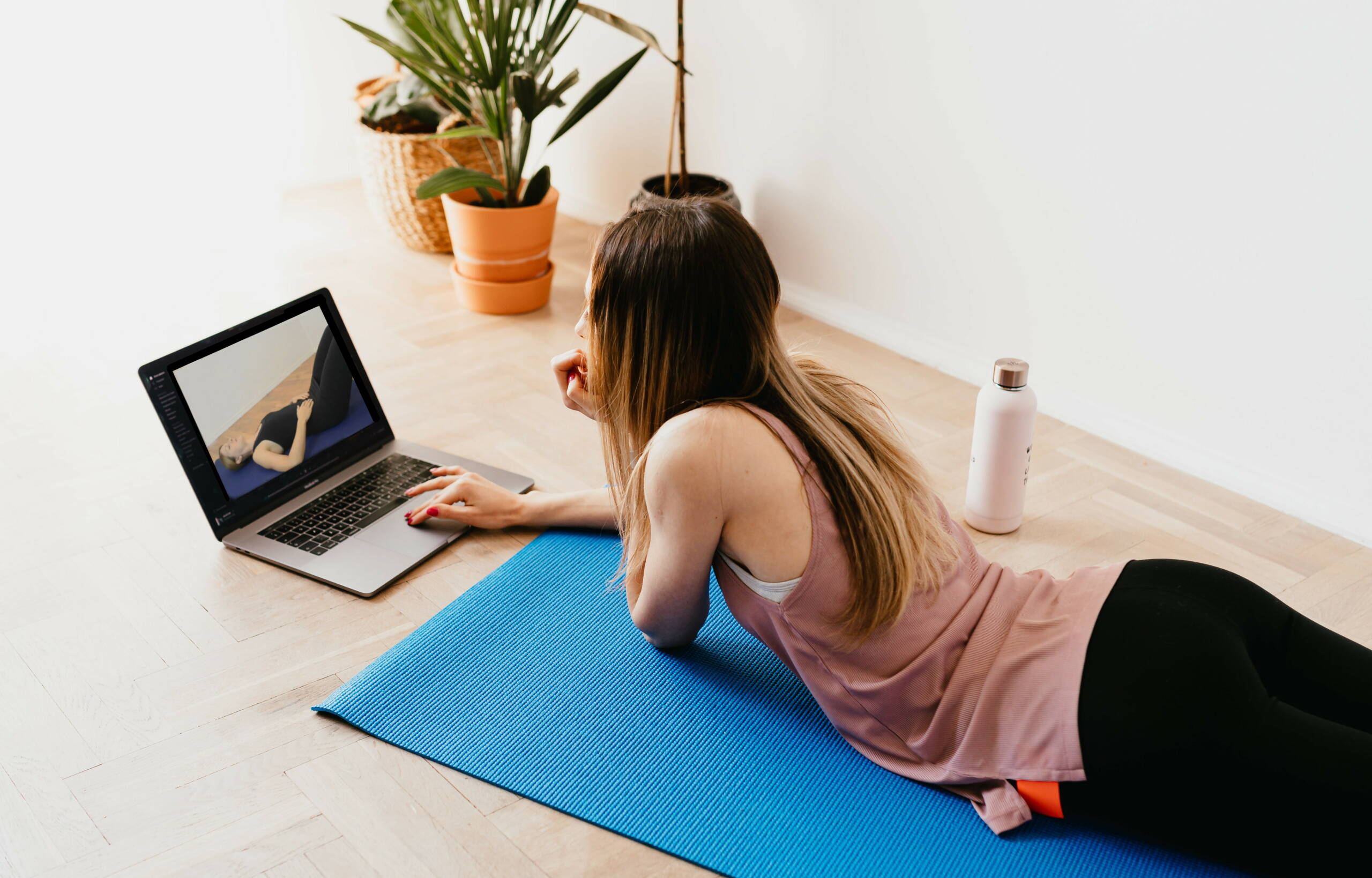The Pace of the Learning Process
If the course moves too slowly or quickly for you:
Some students feel frustrated that their course is moving too slowly, while others feel overwhelmed because it’s moving too quickly! The pace of the courses is designed to give you a learning experience similar to working with a private instructor. The exercises are taught in a specific order and at a certain pace (2-3 new exercises per week) in order to give you maximum benefit from the learning experience.
There is no benefit to moving more quickly through the learning process. When people rush through or skip ahead, they do not experience optimal results. My experience with many students has shown that learning one exercise at a time, and taking the time to notice the effects that each exercise has on your body, is much more beneficial in the long run. Retraining the nervous system just can’t be rushed. After 15 years of practicing Clinical Somatics exercises, I continue to get new benefits and learn new things about my body from doing the same movements. The more slowly you move, and the more conscious attention you pay to your internal sensations, the more benefit you will get from each movement.
On the flip side, if you feel that you can’t keep up with the pace of your course, don’t worry about it! Just take it slow and learn the exercises at a pace that works for you and your body. There is no benefit to forcing yourself to move more quickly through the learning process than feels natural for you. I do suggest keeping the Daily Emails (you can file them away in a separate email folder) because they contain helpful tidbits and links to helpful articles that I suggest reading along the way.
If you feel frustrated because you want to understand everything and fix everything right away:
Once you understand intellectually how Clinical Somatics works, it can feel frustrating to then realize that it takes time, patience, and daily practice to actually create lasting changes in your nervous system. You know what changes need to be made—you know what muscles need to release and how you need to change your posture—but you can’t make it happen!
It’s taken your whole life up until this point to create and learn your unique muscular patterns, and it is not possible to retrain them in just a few days or weeks. This process of retraining your nervous system takes time and patience, and it’s worth it. What matters most is that you’re headed in the right direction. Just keep practicing the exercises with an open mind, exploring your body and learning new things about it each day, and you will continually improve your muscular patterns.
I get emails from students during the first week or two of their course asking which exercises to do to release certain muscles or address their particular issues. You can refer to the first paragraph on each exercise page to learn which muscles each exercise works with and what conditions it is typically helpful for. I also suggest reading Developing Your Own Daily Practice and Unlocking Your Body: Your Personal Process of Releasing Tension and Pain.
The absolute best way for you to find out which exercises are most helpful for you is to really take the time to explore how each exercise affects your body. Two people with back pain may have very different patterns of muscle tension, and may find that different exercises are helpful for them. When you learn each new exercise, you should do the Standing Awareness before and after it. This allows you to notice the effects that each exercise has on your muscle tension and posture. Once you know how each exercise affects you, it becomes a tool in your toolbox that you can use to address your unique patterns of tension.
This process is about you becoming the expert in your own body—but it won’t happen right away! It takes time, patience, and dedicated daily practice to peel the layers of your onion, and it’s a wonderful, enlightening process that can continue for the rest of your life!

